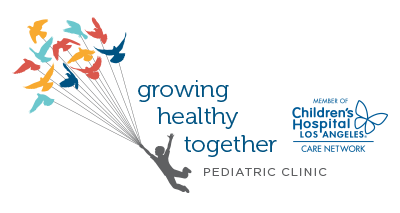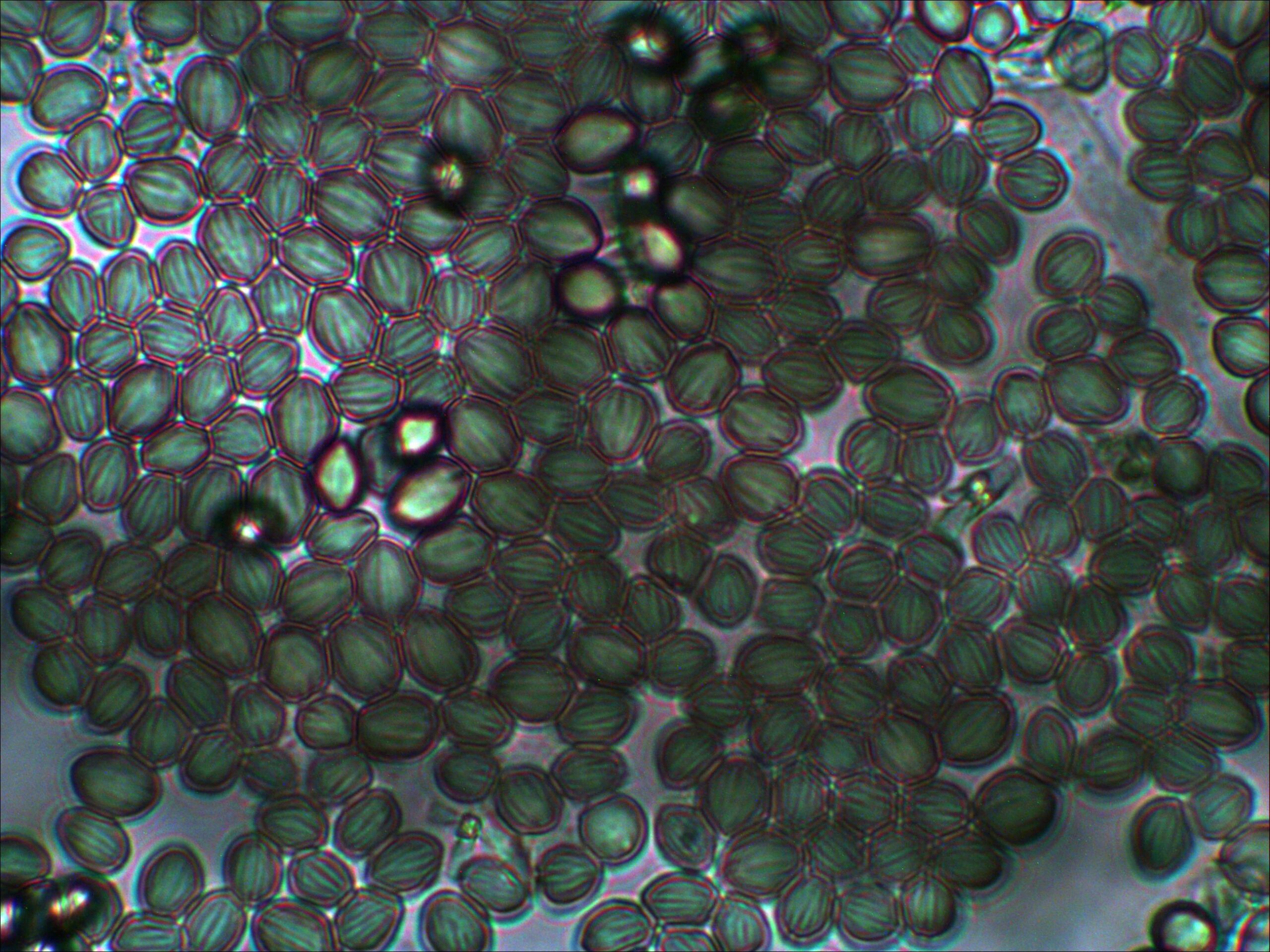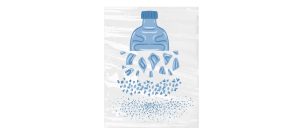Understanding Mold Exposure: Risks, Symptoms, and Prevention
Mold is a group of fungi that exists worldwide, commonly found in homes, outdoor environments, and workplaces (Borchers et al., 2017). While mold exposure is a part of daily life, you may wonder: Is mold dangerous to our health?
For most people, mold exposure is not a serious health concern and does not require medical attention. However, for individuals with certain conditions, inhaling mold spores can trigger or worsen health issues (Mazur et al., 2006).
Who Is Most at Risk?
If you have any of the following conditions, mold exposure may require prevention or, in some cases, medical attention (Twaroch et al., 2015):
- Compromised immune system
- Asthma
- Mold allergy
Symptoms of Mold Exposure
Common symptoms associated with mold exposure include:
- Coughing/wheezing
- Runny/stuffy nose
- Burning eyes
- Sore throat
- Congestion
- Skin irritation
Black Mold: Does It Matter?
Contrary to popular belief, the color of mold does not indicate toxicity. Many mold species appear black, but their impact on health varies by individual sensitivity. Home testing kits can identify mold species, but they are often unnecessary. Research suggests that for most people, mold inhalation does not lead to significant health problems (Borchers et al., 2017; Mazur et al., 2006). Furthermore, knowing the mold species does not necessarily change the approach to removal or treatment (CDC, 2024). Instead, addressing mold presence and the moisture that fosters its growth is the best course of action—especially if someone in your home is sensitive to mold (Mazur et al., 2006).
For those with asthma or mold allergies, exposure can worsen symptoms. To improve indoor air quality, it’s important to reduce allergens such as dust mites, mold, second-hand smoke, pet dander, and household chemicals (AAP Clears the Air on Role of Indoor Environmental Exposure in Childhood Asthma, 2016).
Mold Prevention and Removal
The best approach to mold-related health concerns is prevention and prompt removal. Here are some effective strategies:
- Wear protective gear (mask and gloves) when cleaning mold.
- Control indoor moisture with a dehumidifier in damp areas.
- Fix leaks to prevent water accumulation.
- Improve ventilation by using fans and opening windows in bathrooms.
- Use HEPA filters to reduce airborne spores.
- Replace contaminated materials such as carpet, drywall, or insulation that harbor mold.
- Use a mold-killing solution (e.g., bleach) to prevent regrowth.
- Consider professional removal if mold contamination is extensive.
Mold and Housing Conditions
While more research is needed on mold inhalation and long-term health effects, indoor moisture can negatively impact health (Mazur et al., 2006). This makes mold prevention particularly important in humid climates or during damp seasons.
If you rent or live in temporary housing, you have fundamental housing rights. Persistent mold problems that lead to health issues may warrant action. If your landlord does not address a mold issue, you can seek help from your local health department, code enforcement, or legal aid.
When to Seek Medical Attention
For most people, inhaling mold does not require treatment, and long-term effects are rare. However, medical intervention may be necessary if:
- You have a compromised immune system or a mold allergy and experience symptoms.
- You are having difficulty breathing due to exposure.
Treatment options include antifungal medications, allergy shots, antihistamines, or nasal sprays to alleviate symptoms. Despite popular misconceptions, detoxes or cleanses are not necessary after mold exposure.
Final Thoughts
Mold exposure is a common concern, but for most people, it does not pose serious health risks. The key is managing moisture, promptly addressing visible mold, and taking precautions if you or a family member are sensitive to mold exposure. By staying informed and proactive, you can create a healthier indoor environment for yourself and your loved ones.
References
AAP Clears the Air on Role of Indoor Environmental Exposure in Childhood Asthma. (2016, October 31). HealthyChildren.Org. https://www.healthychildren.org/English/news/Pages/AAP-Clears-the-Air-on-Role-of-Indoor-Environmental-Exposure-in-Childhood-Asthma.aspx
Borchers, A. T., Chang, C., & Eric Gershwin, M. (2017). Mold and Human Health: A Reality Check. Clinical Reviews in Allergy & Immunology, 52(3), 305–322. https://doi.org/10.1007/s12016-017-8601-z
CDC. (2024, September 26). Mold. Mold. https://www.cdc.gov/mold-health/about/index.html
Mazur, L. J., Kim, J., & the Committee on Environmental Health. (2006). Spectrum of Noninfectious Health Effects From Molds. Pediatrics, 118(6), e1909–e1926. https://doi.org/10.1542/peds.2006-2829
Twaroch, T. E., Curin, M., Valenta, R., & Swoboda, I. (2015). Mold Allergens in Respiratory Allergy: From Structure to Therapy. Allergy, Asthma & Immunology Research, 7(3), 205. https://doi.org/10.4168/aair.2015.7.3.205




